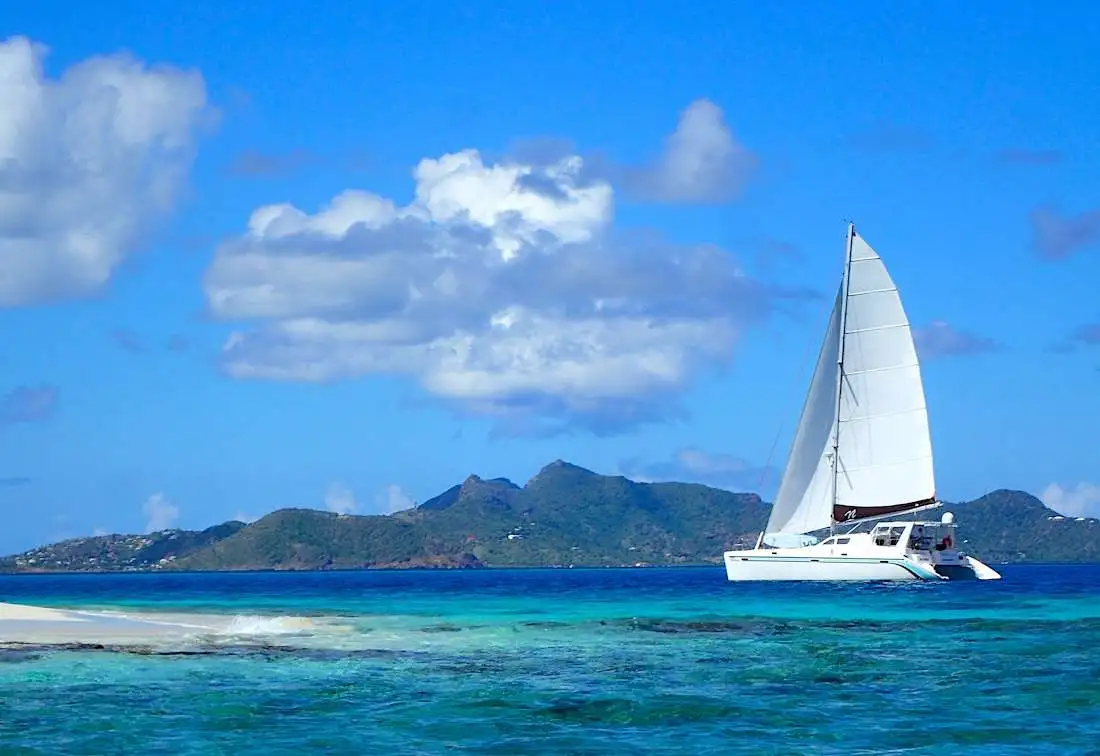If you’re planning to trek to the base camp of Mount Everest, you’ll need to prepare for the altitude and the route you want to take. We’ll discuss route options and the best time to go. In addition, you’ll need to consider what you’ll need for equipment and food.
Trekking to Everest Base Camp
The first thing to do before trekking to Everest Base Camp is to acclimatize yourself to the high altitude. Altitude sickness is a serious problem and the first symptoms will generally occur at a height of over 2500 meters. It can lead to dizziness and headaches. You can try to find a tea house where you can sleep after a long trek, but remember that the walls are thin, and you will need to wear ear plugs.
Another important thing to remember when trekking to Everest Base Camp is to bring the proper equipment. Although you can travel with a group of people, you can still go it alone without a trekking group. You will have to book your accommodations and food independently, which is quite confusing. You can also opt for an all-inclusive package provided by a trekking company.
Altitude
The Altitude at Everest Base Camp is the highest in the world, making it a very challenging location for a trek. One in five people who attempt a trek at this high altitude will require intensive care. It is important to plan ahead and bring warm clothes, drinking water, and a lantern.
To get an idea of how high you’ll be, look at a map. The highest point in Everest Base Camp is 5,560 meters. The trek begins at 2,680 meters in Lukla and climbs to 5,545 meters at Kala Patthar. That’s a huge altitude gain!
The Everest region is located in the Sagarmatha Zone, and is full of beautiful mountains, glaciers, forests, and diverse animal and bird species. There are also many religious monasteries. Local people, called Sherpas, live along the paths and are very hospitable to trekkers.
Route options
While a classic Everest Base Camp trek is considered to be the most challenging and popular trek, there are other routes that are more scenic and rewarding. Generally reserved for experienced trekkers, these routes require more days at elevations over 16,400 feet, and there is more chance of snowpacks. Typically held between April and November, these treks also offer more views of the surrounding Khumbu Region, including views of the beautiful Gokyo Lakes, the Tibetan Plateau, and remote Sherpa hill villages.
The most popular route begins in Lukla, a city at a high elevation of 9,383 feet. The trek is around eight days long, with several rest days to acclimate. There are also helicopter tours that go directly to Everest Base Camp.
Best time to go
The best time to visit Everest Base Camp is during the spring months. These months are ideal for trekking because the weather is warm and the flowers are in bloom. The days are also longer, giving you plenty of daylight to explore the mountain. However, you should keep in mind that the spring months are also the busiest.
If you’re planning a trek to Everest Base Camp, you should be aware that the altitude is very high and can be tough on some people. Whether you’re physically fit or not, it’s important to consider the weather. It’s also important to remember that the days will be shorter in the off-peak season. The altitude can be very cold, so it’s best to be prepared.
Risks
While reaching Everest Base Camp is a great achievement, there are risks of altitude sickness that you should be aware of. As the altitude is so high, you will not be getting much oxygen and may become dehydrated. You should drink water little and often, so you don’t end up dehydrated.
The weather in the Himalayas can change quickly. While you can estimate when the main season will be, you should not count on the climate to be consistent for your trip. For example, a sunny day in Kathmandu can turn to a snowy day at Everest base camp. It is important to follow the instructions of your trekking guide, so you can avoid unnecessary risks and stay healthy.
Although there are no documented fatalities on the Everest Base Camp trek, the risks are very high. Acute mountain sickness, or AMS, is a serious problem at altitudes of over 8,000 feet. You should understand the symptoms of altitude sickness and the golden rules for acclimatization before embarking on your EBC Trek. You should also carry adequate travel insurance to cover any unforeseen situations.


